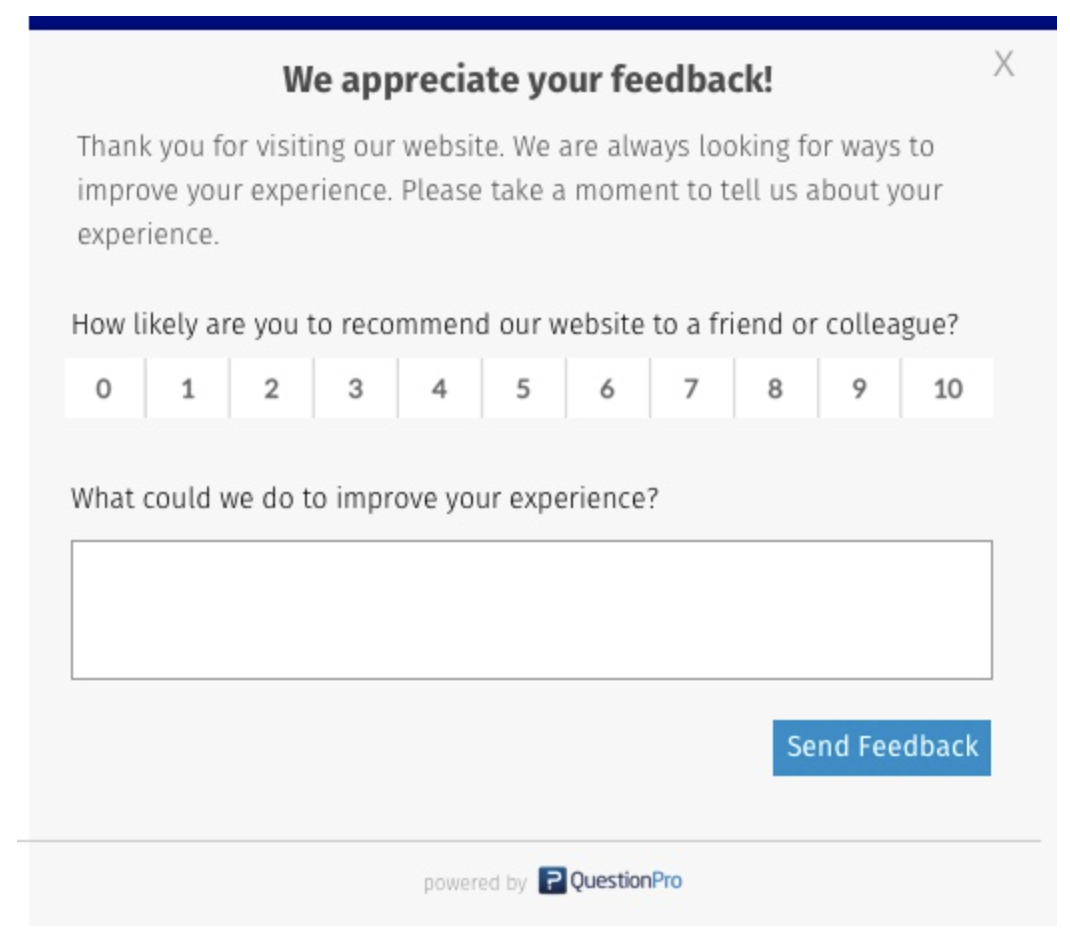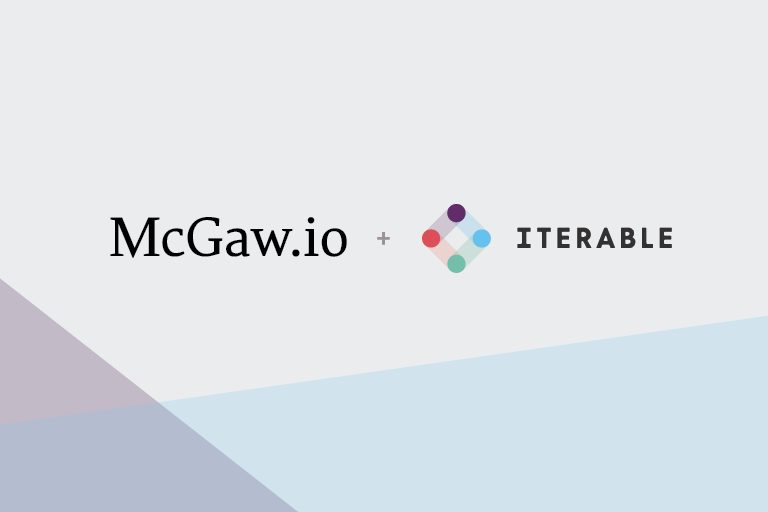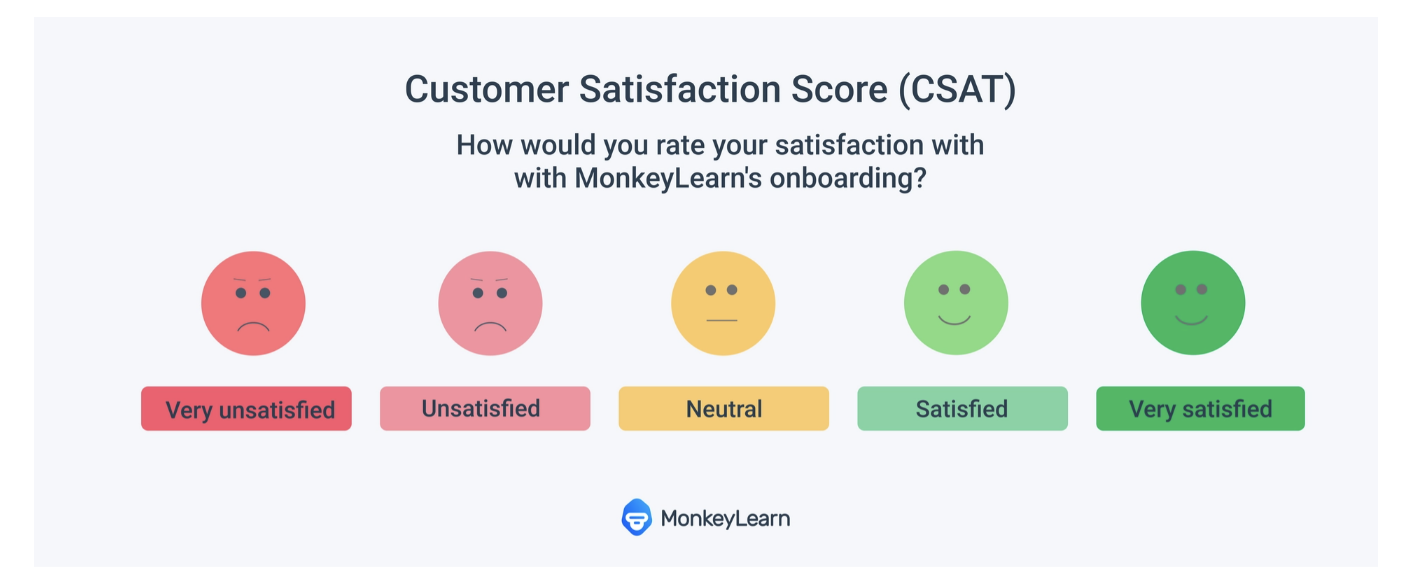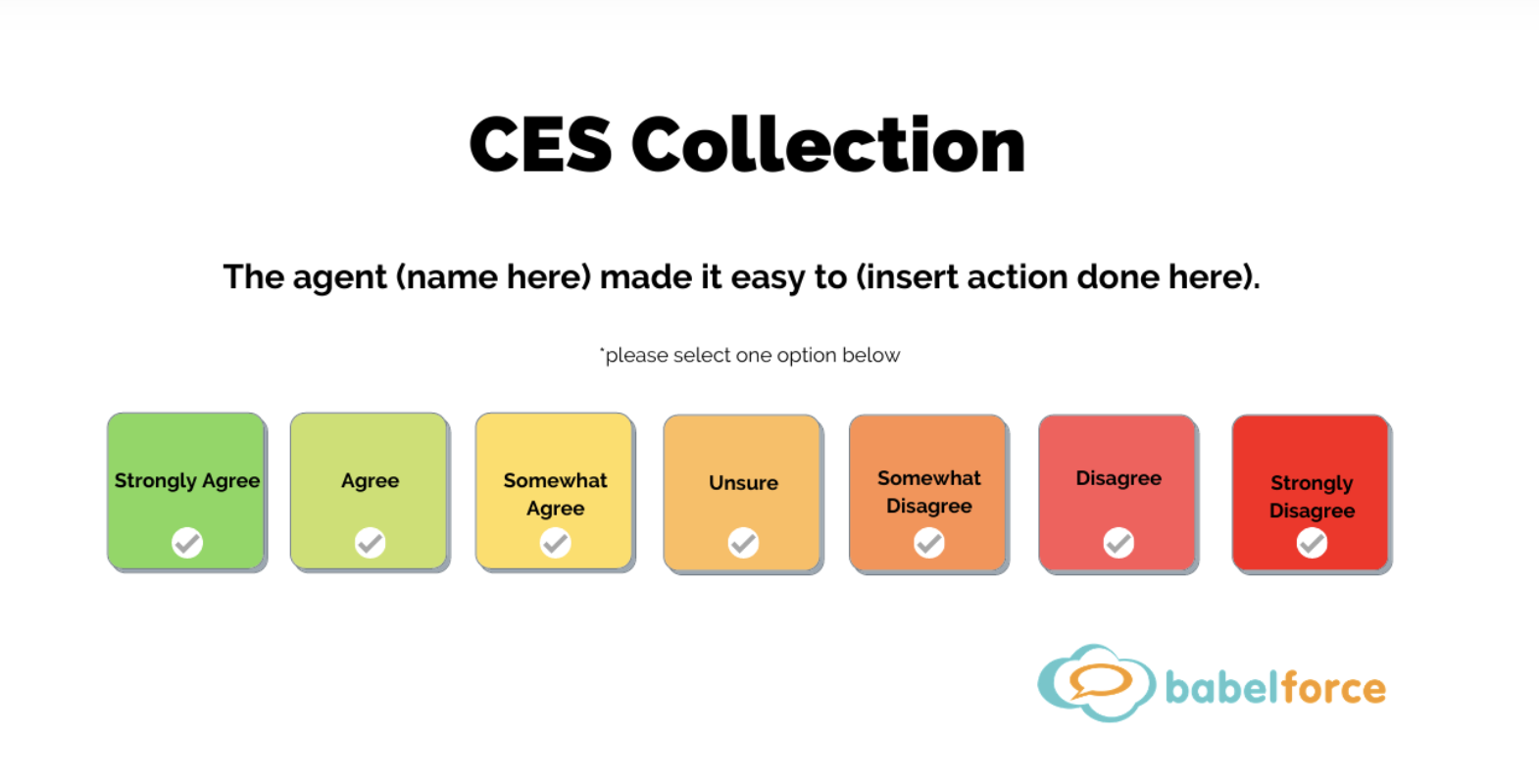Customer sentiment is the emotion customers feel towards a specific business. Any interaction a customer has with that business results in some kind of emotion—positive, neutral, or negative.
By measuring customer sentiment, you’ll be able to understand the emotional reaction customers have towards your brand. You’ll also be able to understand the context behind each customer interaction and use that knowledge to improve their satisfaction and the overall experience.
In this post, we’ll explain everything you need to know about metrics used for gauging customer sentiment, including:
- Net Promoter Score (NPS)
- Customer Satisfaction (CSAT)
- Customer Effort Score (CES)
- Churn Rate
- Customer Lifetime Value (LTV)
Customer Sentiment Measurements from Direct Feedback
One of the best ways to understand how people feel about your brand is with a cluster of three metrics sourced from direct customer feedback: NPS, CSAT, and CEST.
Net Promoter Score (NPS)
Net Promoter Score (NPS) is used for measuring customer sentiment by asking how likely someone is to recommend your products or services to a friend or colleague. Usually, it’s graded on a ten-point scale, broken up into three sections: Detractors (scores from 0–6), Passives (scores from 7–8), and Promoters (scores from 9–10).
Detractors are unlikely to recommend your company to others and probably won’t repeat purchases. Passives won’t recommend your company to others but also won’t damage it with bad word-of-mouth. Promoters are your most loyal customers and they’re the ones that will help your company grow.


The Net Promoter Score determines how likely customers are to recommend your product to a friend. Source: productplan.com.
Your NPS is the percentage of detractors subtracted from the percentage of promoters. So if you have 30% promoters and 50% detractors, your NPS is 20%. The average NPS in SaaS is 40%–50%, with benchmarks in other industries varying from 68% in consulting to 25% in cloud hosting.
NPS surveys can be in many forms—in-app, on your website, as a part of an email campaign, or even as SMS—meaning you can send them at any stage in the customer lifecycle.


NPS surveys, as part of a broader campaign, can be a great way to collect feedback. Source: questionpro.com.
NPS is typically followed up by an open-ended question like: “What could we do to improve your experience?” Usually, if people respond, they’ll have very strong feelings—positive or negative. This makes NPS useful for gathering qualitative and quantitative data about customer sentiment.
Advantages of NPS
- Likely to get a response: up to 50% response rate on average, vs. 5–30% average for customer surveys
- Getting quantitative and qualitative feedback from the same survey
- Positive NPS scores directly correlate with growth
- Simple to set up and deploy
Disadvantages of NPS
- Small sample sizes and simple responses can lead to unclear conclusions.
- The results usually depend on context and the subjective framework, meaning they can be oversimplified. Deploying NPS without a proper plan can result in spotty data that doesn’t create a complete picture of customer sentiment.
NPS can be a highly effective way to measure changes in customer sentiment throughout the customer journey. It can also be a great way to measure the changes in user attitudes in aggregate if it’s deployed at moments where you already suspect changes might happen.
Customer Satisfaction (CSAT)
CSAT measures customer sentiment in terms of satisfaction with a product, service, brand, or interaction.
Usually, either a five-point or 10-point scale is used, and customers are asked how strongly they agree or disagree with a statement like: “How would you rate your overall satisfaction with [company/service]?”
It’s then expressed internally as a percentage score.
(Number of satisfied customers (4 and 5) ÷ Number of survey responses) × 100 = % of satisfied customers
Scores lower than four are discarded. CSAT is widely-used, with benchmarks available by industry. For example, ecommerce averages 88%, logistics 89%, and hospitality 89%.
Advantages of CSAT
- Simple to deploy and measure
- Easy to respond to and familiar to more people
- Can be effective for identifying friction points
Disadvantages of CSAT
- Reflects short-term sentiment
- Low response rate (around 15% average across industries) means data can be skewed
Customer Effort Score (CES)
CES uses a 1–5 or 1–7 scale to measure how easy it is to use your products or services based on the efforts customers make to interact with them.
These surveys help you find if a customer struggles when performing certain actions during their interaction with your business.
Low-effort interactions are a good predictor of loyalty and growth, especially if they’re critical interactions such as initial purchase, or potentially high-friction bottlenecks in process or UI.
In service interactions, 96% of customers who had a high-effort interaction became disloyal compared to just 6% who had a low-effort interaction, and “customer effort is 40% more accurate at predicting customer loyalty as opposed to customer satisfaction.”
Advantages of CES
- Simple and standardized, easy to respond to
- Offer immediate opportunities for local improvement
Disadvantages of CES
- Lack of context in terms of global satisfaction
- No qualitative data or reasons for poor scores
Using CES, CSAT, and NPS
These are all subjective measures of customer sentiment. Rather than asking how they stack up, it makes more sense to talk about how to use them.
| Local or Global | Sentiment Measured | Likelihood of Response | Detailed Response | |
| NPS | Global | Positive | High | Sometimes |
| CSAT | Local | Positive | Mid | No |
| CES | Local | Negative | Low | No |
Use CES to measure where you think there’ll be friction, CSAT to measure where you think there’ll be immediate changes in satisfaction, and NPS for everything else.
Customer Sentiment Measurements Without Direct Feedback
In addition to metrics sourced from direct customer feedback, there are metrics that indirectly indicate customer sentiment: churn rate and customer lifetime value.
Churn Rate
Churn rate is a metric used to calculate at which rate a customer or a client stops using your products or services. It’s a major (and familiar) concern for XaaS companies.


Churn rate helps brands understand where and when customers are dropping off in their journey. Source: Snov.io.
This is just a very straightforward version of the formula. The Pirate Metrics guide covers more complex, weighted, segmented churn calculations, which are more granular.
Churn is one of the most impactful metrics when it comes to understanding customer sentiment and, ultimately, your brand’s bottom line. Improving retention by as little as 5% can drive profitability increases of 25–95%.
By looking at the customer journey and identifying where and why customers are churning, you can determine the post-signup friction points. Churn rate is a metric you can use to build your customer journey as well as test its effectiveness.
Customer Lifetime Value (LTV)
Customer Lifetime Value (LTV) is the total worth of a customer to a business. The metric gives you a simple basis to segment customers into groups, based on the highest and lowest LTV. This lets you start constructing customer journeys for different customer types.
If you’re also tracking churn, you can identify the customers with the highest LTV, map their journeys, catch them before they churn, and know roughly how much that intervention was worth to your company.
Combining sentiment measured from direct and indirect feedback gives the entire picture of how your customers actually feel about your brand.
Now, It’s Your Turn
By collecting customer sentiment information via NPS, CSAT, CES, Churn, or CLV, you can start to answer analytics questions to help refine your customer journey.
These questions include:
- What are the stages of your customer journey that lead to dissatisfaction or drop-off?
- What do customers do right before they upgrade to a higher tier?
- How do the customers perceive the steps in the journey?
- How do individual interactions impact global satisfaction and loyalty?
Go out and try it out for yourself, but be sure you’re equipped with the right tools in your martech stack. These tools will help you transform your customer engagements into more meaningful cross-channel experiences. As a result, customers will thank you with loyalty, retention, and they may even become brand advocates.
Learn more about how the Iterable x McGaw partnership can help you achieve marketing goals. To discover more about Iterable’s customer sentiment measurement, schedule a demo today.


































